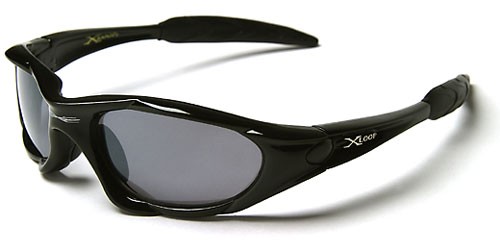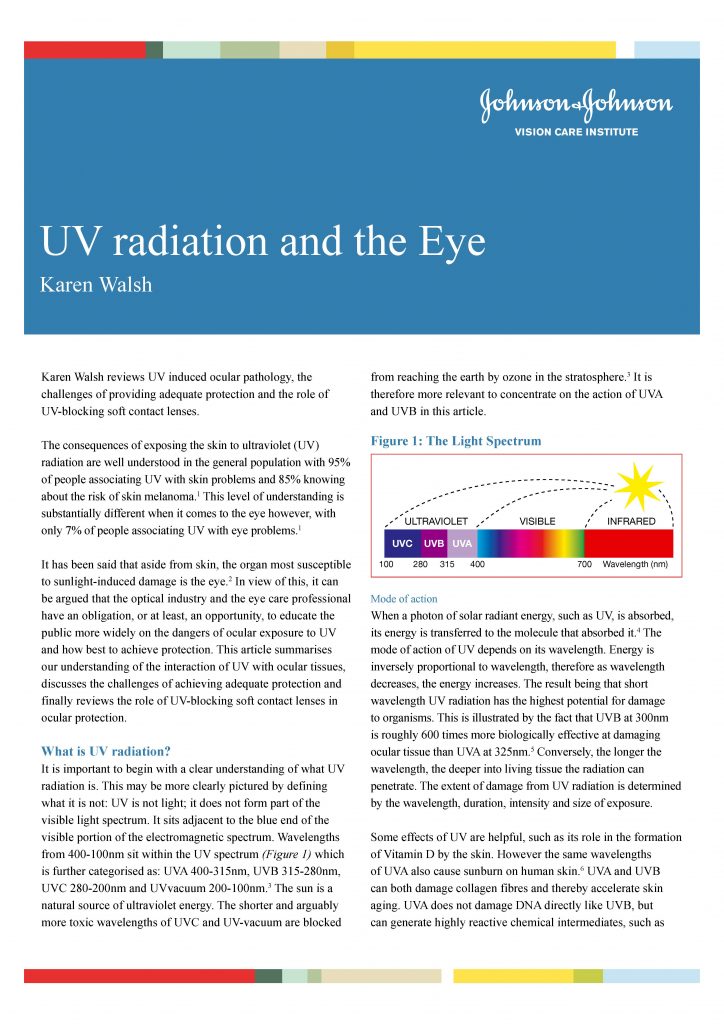We’re celebrating National Sunglasses Day! A day to celebrate the importance of wearing ultraviolet (UV)-protective sunwear & eyewear, and help educate friends and family.
Let’s Talk UV Rays
There are two types of UV rays that can effect the eye: UV-A and UV-B. Over time, the effects of UV rays may help cause a number of eye problems.
UV-A
UV-A rays can hurt your central vision. It can damage the macula, a part of the retina at the back of your eye.
UV-B
The front part of your eye (the cornea and the lens) absorbs most UV-B rays, but these rays may cause even more damage to your eyes than UV-A rays.

Research shows that harmful UV ray exposure can damage or worsen a sensitive cornea.
Make sure to wear sunglasses when outside, especially during hot summer months but also through out the year. The sun is present year-round, which means UV rays are a constant regardless of weather. UV rays can’t be seen, but their long-term effects are extremely damaging to the eyes.
Not All Sunglasses Are Created Equal
Some sunglasses do not have UV protection. Since UV protection is crucial to shielding eyes from damaging radiation, it is imperative to look for a label, sticker or tag indicating UV protection before purchasing a pair of sunglasses. With that in mind, many KC patients find that wrap-around styles tend to work best. They not only filter sunlight from directly ahead but also from the sides. Another benefit to wraparound glasses is that they also tend to help block the wind, making contact lens wear more comfortable outdoors.
Of course, wrap-around sunglasses are not the only type we suggest. You can wear other types of sunglasses — the main importance is that they offer proper UV protection and help protect your eyes.




